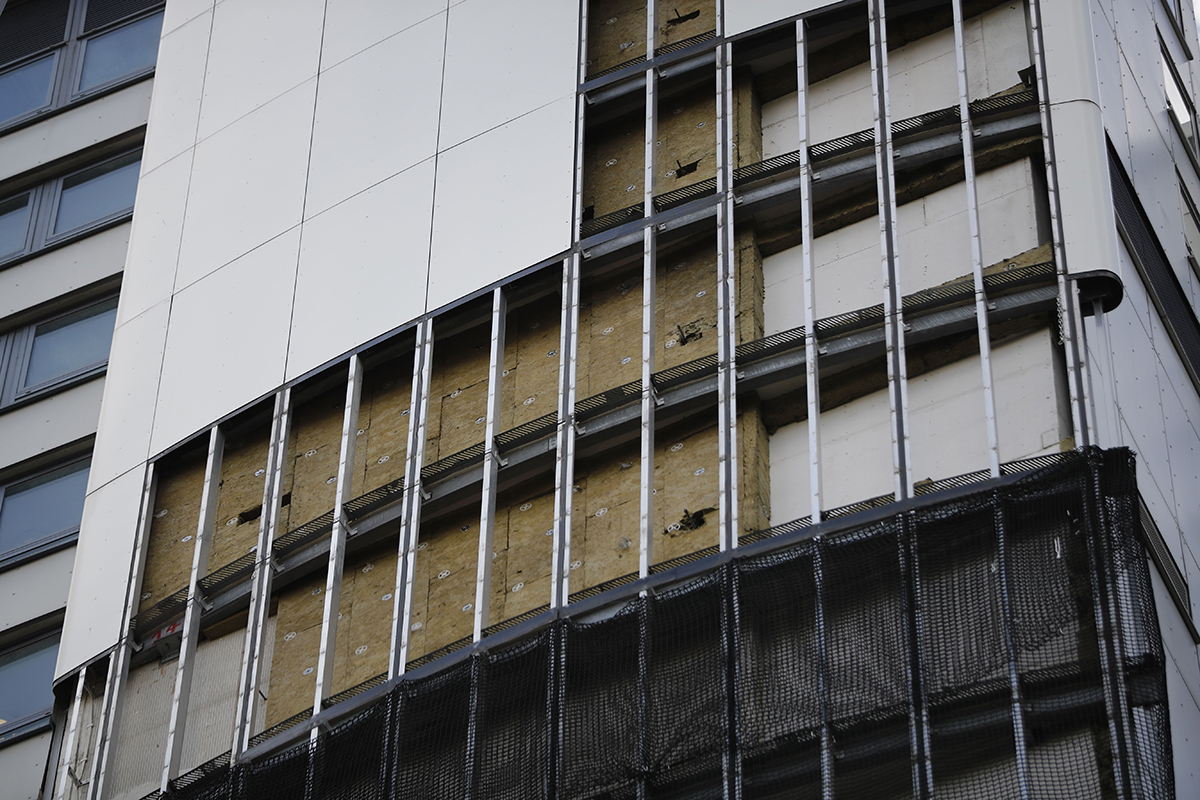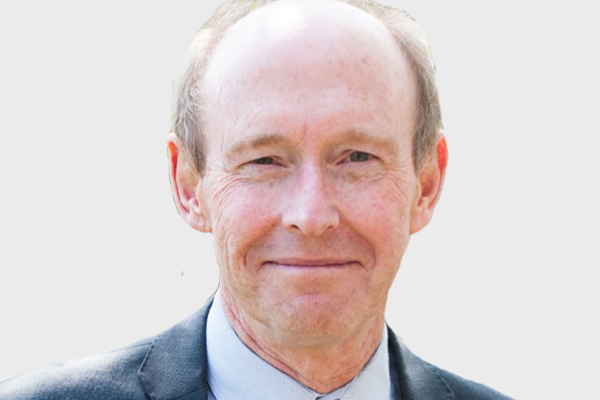You are viewing 1 of your 1 free articles
The results of new cladding tests should be carefully scrutinised
In a climate of confusion over what is actually safe, the Fire Protection Association’s new findings are signficant, says Emma Maier
If we learn one thing about building safety from the Grenfell Tower fire, it must be that real world safety is not the same as passing a safety test.
The fire at Grenfell highlighted the inadequacies of the entire fire safety regulation system. In the scrutiny that followed the fire, the spotlight fell on desktop cladding and insulation tests that didn’t reflect real world conditions, lack of clarity in regulations, and guidance failing to keep up with product innovation.
We now know that some cladding and insulation assemblies that were thought to meet building regulations are not safe and have failed fire tests since Grenfell.
The government, reluctant to admit that regulations (which it had declined to update since 2009 despite several warnings) were at fault, has stopped short of issuing specific advice. The result is continuing confusion over what is technically permissible and what is actually safe.
That is why findings from new Fire Protection Association (FPA) cladding tests on behalf of insurers are so significant. The tests differ from the government tests carried out by the Building Research Establishment (BRE) in a number of ways.
The FPA tests look at individual components and seek to create a more realistic simulation of a real life fire by including windows and vents in the test wall and burning plastic underneath the structure. The BRE test looks at a complete assembly (insulation, cladding and fixings), but the wall does not include windows and uses a wood fire, which burns at a lower temperature.
Each test has its place. But the bottom line is that the tests do show significantly different results. The FPA tests found that even where fire-resistant insulation is used, a hotter fire can spread before fire-stopping measures come into effect. In other words, the fire can still spread at an alarming rate.
"The bottom line is that the tests do show significantly different results"
Tenants will question whether their homes are safe if the systems on their building have passed one test but failed another.
One of the great challenges to date has been that testing is a highly specialised task, and that there are limited resources. The FPA tests, and those from testing facilities abroad, must be considered alongside the government-commissioned BRE tests.
It is vital that all new information is carefully scrutinised and considered, and that information from all tests is transparent and accessible. Just as medicine relies on systematic reviews of multiple studies, building design and safety should refer to all credible data. Only this approach will allow landlords to strive for real world safety, not just to squeak through a test.
Emma Maier, editor, Inside Housing
Never Again campaign
Inside Housing has launched a campaign to improve fire safety following the Grenfell Tower fire
Never Again: campaign asks
Inside Housing is calling for immediate action to implement the learning from the Lakanal House fire, and a commitment to act – without delay – on learning from the Grenfell Tower tragedy as it becomes available.
LANDLORDS
- Take immediate action to check cladding and external panels on tower blocks and take prompt, appropriate action to remedy any problems
- Update risk assessments using an appropriate, qualified expert.
- Commit to renewing assessments annually and after major repair or cladding work is carried out
- Review and update evacuation policies and ‘stay put’ advice in light of risk assessments, and communicate clearly to residents
GOVERNMENT
- Provide urgent advice on the installation and upkeep of external insulation
- Update and clarify building regulations immediately – with a commitment to update if additional learning emerges at a later date from the Grenfell inquiry
- Fund the retrofitting of sprinkler systems in all tower blocks across the UK (except where there are specific structural reasons not to do so)
We will submit evidence from our research to the Grenfell public inquiry.
The inquiry should look at why opportunities to implement learning that could have prevented the fire were missed, in order to ensure similar opportunities are acted on in the future.














